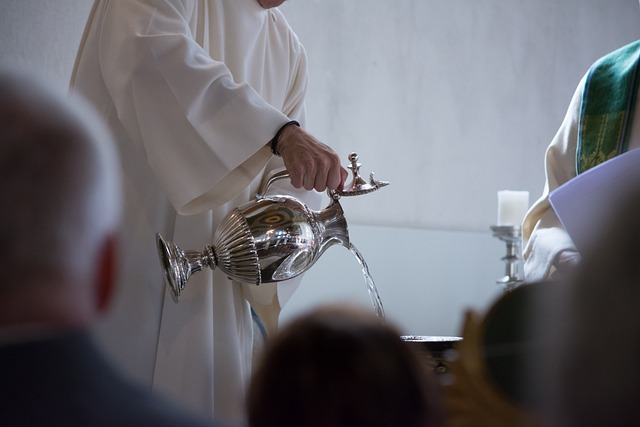The world is rich with diverse religions, each steeped in traditions and rituals that offer followers a profound connection to the divine. Among these practices, certain locations within religious spaces take on transformative significance, often referred to as ‘sacred corners.’ These corners serve as pivotal points in ritual ceremonies, embodying pillars of spirituality where believers come to reflect, pray, and embrace the transcendent.
In many religious spaces, a corner may be designated for prayer, meditation, or specific rituals that hold deep meaning. For example, in a traditional church, the altar is more than just a physical object; it is a sacred corner that invites worshippers to encounter the divine. Each element—whether it be the flickering candles, the natural light pouring through stained glass, or the rich symbolism of the altar cloth—serves to create an atmosphere conducive to spiritual reflection.
In places such as temples, the corners may be adorned with idols or images of deities, often surrounded by offerings and sacred texts. These corners represent a connection to the spiritual world, evoking a sense of peace and reverence. The ritual practices observed in these spaces foster a communal bond among worshippers, as they gather to share in the devotional act, forming a collective energy that enhances the spiritual experience.
Additionally, corners can symbolize personal reflection areas within larger religious spaces. Many followers find solace in designated nooks for meditation or personal prayer, allowing them to escape the busyness of the world and turn inward. The quietness of these corners provides sanctuary, inviting individuals to explore their spirituality in a deeply personal way. It’s in these intimate spaces that believers often confront their fears, hopes, and desires, creating a sacred dialogue with the divine.
Rituals performed in these corners are often steeped in historical and cultural significance. They connect generations of practitioners through the repetition of age-old traditions, reminding participants of the enduring power of faith. Whether it’s lighting candles during a religious holiday, offering incense, or gathering in prayer, these small acts within the corners of religious spaces become vessels of community memory and strength.
Moreover, the corners themselves can vary dramatically from one religious tradition to another. For instance, in Buddhism, the zendo (meditation hall corner) embodies a space for mindfulness practice where silence reigns and introspection thrives. The simplicity of the corner enhances the practice of sitting quietly, focusing on the breath, and cultivating awareness, reflecting the core tenets of Buddhist teachings.
The emotional resonance of these sacred corners transcends the mere physicality of their existence. They are imbued with intention and purpose, becoming spaces where the mundane meets the divine. As believers engage in the rituals associated with these corners, they often report feelings of connectedness, tranquility, and even enlightenment. It’s fascinating how these corners, humble as they may be, become transformative areas where deep spiritual encounters unfold.
In exploring the rituals that take place in these sacred corners, we see the powerful interplay between space, ritual, and community. They serve as reminders of the sacredness that resides within each individual and the collective, encouraging followers to examine their beliefs deeply. Each visit, each act of reverence, unfolds a new layer of significance, fostering a relationship that evolves with each passing moment.
As we journey through life, may we find our own sacred corners—places where we can connect with our spirituality and nurture our inner lives. Whether within the structured confines of a religious institution or in the simplicity of our homes, carving out these sacred spaces allows us to engage more profoundly with the rituals that shape our understanding of the divine and, ultimately, ourselves.



